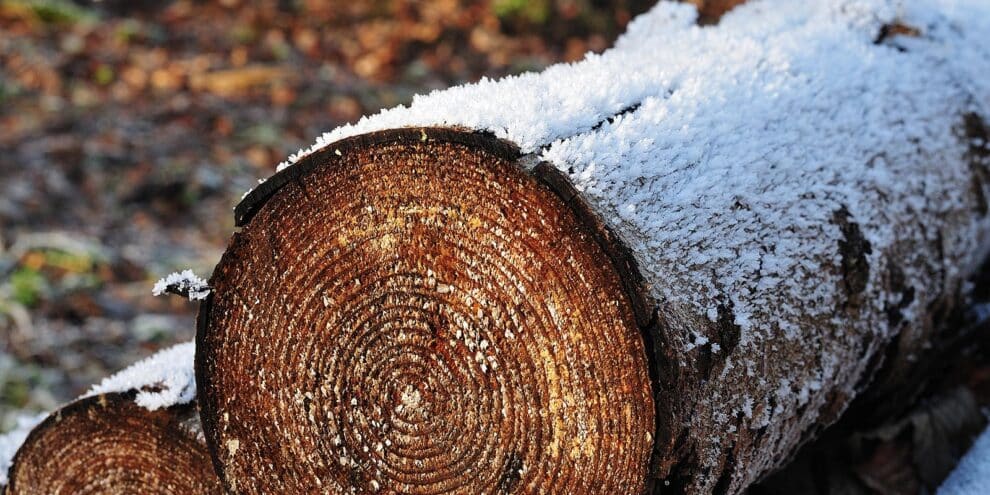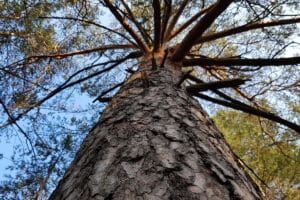A central concept in conversations about timberland investments and in our annual Applied Forest Finance course relates to opportunity costs. Investors accept timberland as an asset that generates income from timber sales and other land-based activities related to leases, development, and rights. For a portfolio, timberlands contribute a diversifying correlation with stocks and bonds. Historical real price appreciation for land provides a hedge with inflation. Forests generate consistent, periodic cash flows from harvesting activities.
Should I Harvest Trees Now?
However, nothing mandates a timber harvest. During dull log markets, forest managers can delay harvests, leaving trees to grow and add saleable volume. At some point, though, waiting penalizes performance. Forest economists distinguish between “biological” and “economic” maturity, which refer to the rotation ages that maximize sustainable harvest volumes and economic returns, which are two different things.
Optimizing Volume versus Optimizing Value
The optimum biological rotation uses the mean annual increment (MAI), which is the average forest growth per acre per year. The maximum MAI is the maximum sustained yield (MSY), which reflects the most timber that can be harvested sustainably without reducing the forest inventory. The age of MSY is called the optimal biological rotation.
The optimum economic rotation addresses financial maturity. Forests reach financial maturity when their annual growth rate in value equals the target rate of return or cost of capital. This rotation age is usually shorter than the biological optimum. Why is this the case? How does the forest growth relate to opportunity cost and financial performance?
As trees age, their growth declines. As growth declines, financial appreciation slows, and annual returns ultimately decrease. Thus, waiting has a price. Trees adding the same volume of wood each year represents a small annual return, just as cash yield falls as a percentage when the value of an asset increases. Consider how a $1 gain on $10 is 10% growth while a $1 gain on $100 is a 1% increase. Forests exhibit a similar dynamic as they approach maturity. Eventually, returns from tree growth fall below the opportunity cost, which indicates a mature forest.
If your goal is to maximize sustainable harvest volumes over time, focus on the optimal biologic rotation. However, if the goal is to maximize sustainable returns and cash flows, focus on the optimal economic rotation when making forest harvest decisions.
This content may not be used or reproduced in any manner whatsoever, in part or in whole, without written permission of LANDTHINK. Use of this content without permission is a violation of federal copyright law. The articles, posts, comments, opinions and information provided by LANDTHINK are for informational and research purposes only and DOES NOT substitute or coincide with the advice of an attorney, accountant, real estate broker or any other licensed real estate professional. LANDTHINK strongly advises visitors and readers to seek their own professional guidance and advice related to buying, investing in or selling real estate.










Add Comment